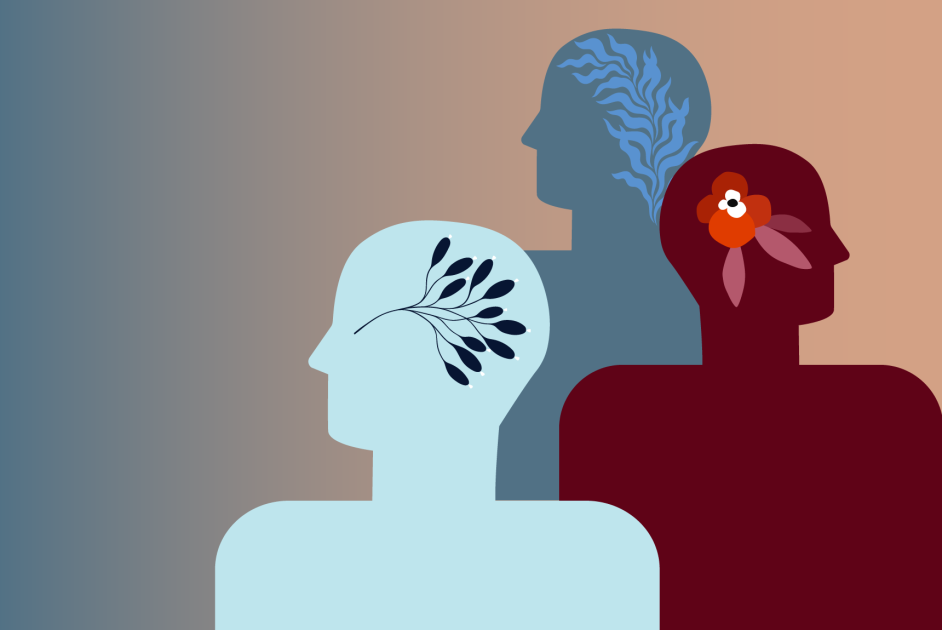Not all students learn the same way.
Students with attention-deficit/hyperactivity disorder or ADHD, dyslexia, or dyscalculia may struggle to focus, read, or keep up with math instruction in class. A majority of these students are going to spend most of their time in general education classrooms, which means all teachers have to be equipped to talk to them about how they might struggle with tasks that come more easily to their neurotypical peers.
This is a tightrope walk. Teachers have to find a way to highlight learning differences that empower students, while balancing some students’ desires to not be labeled in a particular way. Plus, parents may worry about their children being singled out.
Educators need to understand the different conditions that constitute neurodiversity, and that every condition might have a specific intervention. (For example, 5 to 8 percent of school-age children have dyscalculia, a severe and persistent learning disability in math. These videos can help teachers better understand and teach students with the disability.)
Teachers may believe that calling out a student’s learning differences stigmatizes them. On the contrary, experts say, recognizing neurodiverse conditions could be freeing for students—they can make sense of why they struggle to perform the same tasks as their peers. While teachers should be careful about publicly calling attention to students, it is important for them to impart to their students that their learning challenges are related to biology, not their intelligence or willpower.
The challenge is that preservice teachers aren’t always taught how to identify and tackle learning differences in their training. They may end up teaching a class where 10 to 20 percent of their students might learn differently, whether their condition has been diagnosed or not.
Here are three ways for educators to accommodate all types of learners in their classes. The skills educators develop to tackle these learning differences can be helpful with all kinds of students, experts say.
Use a strengths-based approach
Neurodiverse learners may respond better to interactive assessments. Instead of always requiring them to read and write, for instance, educators can test their students’ knowledge of a subject through oral presentations or hands-on projects. This method can get challenging, however, when educators are dealing with larger class sizes.
Principals can help plan professional development for educators through which they can learn how to apply a strengths-based approach to learning differences, alongside other essential training on equity or inclusion.
Empower students to advocate for themselves
Key with neurodiverse learners is the ability to advocate for themselves as they get into higher grades, meet different educators, or change schools. This means they may rely on their teachers early on to tell them about how their brains function differently, their strengths, and the skills they find difficult to master.
Teachers don’t need an in-depth understanding of brain science, but they do need to know enough to help students figure out how they can best learn and thrive in school.
Normalize learning differences
Teachers and principals should prioritize creating a safe space to talk about learning differences. Experts say it’s important for teachers to highlight how each student learns differently, not just those of the neurodiverse kids in their classes. Teachers can point out how students have different brains, just like they have different hobbies, likes, and dislikes.
Teachers shouldn’t be left alone in this. Principals can help teachers connect with counselors and other experts in the school to learn how to talk about neurodiversity in class.
Learning differences come in all shapes and intensities. This report on the key learning differences is a good primer to get started.


1 Comment
h93hwn